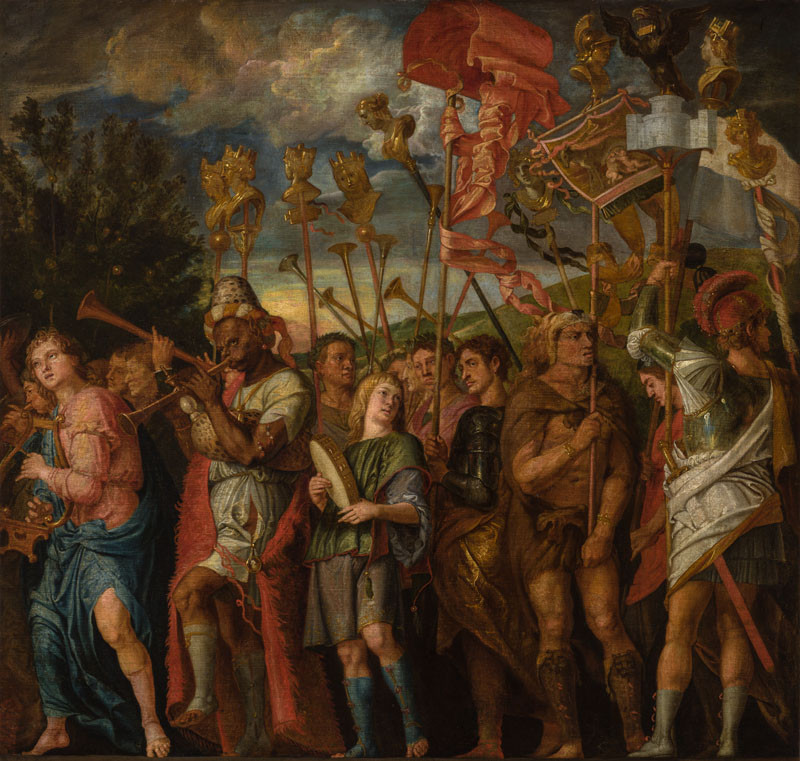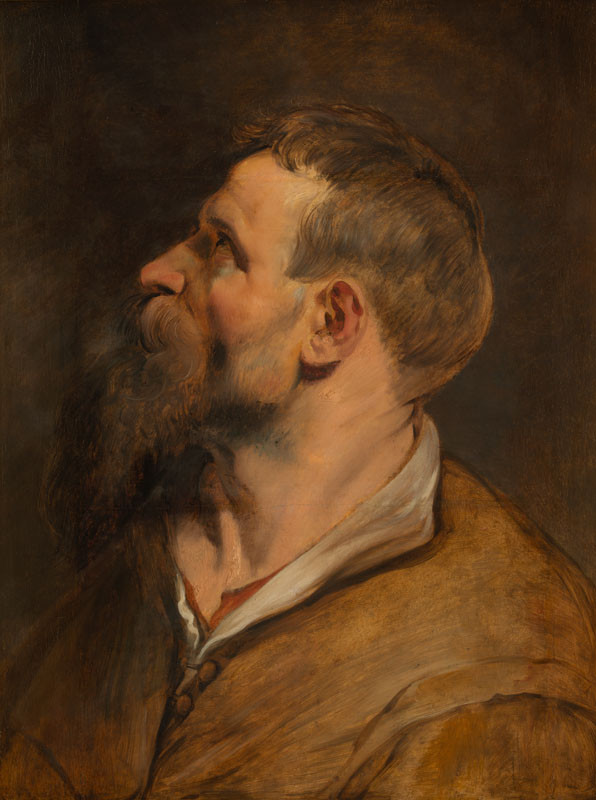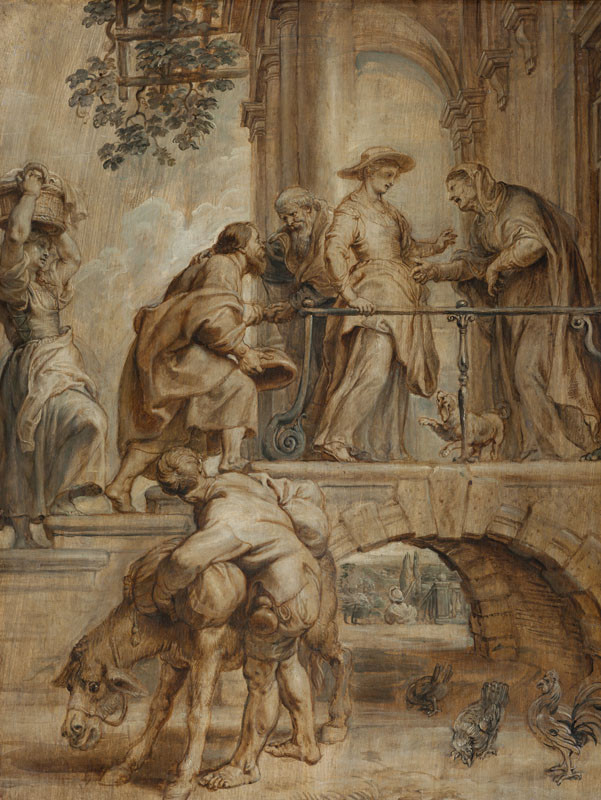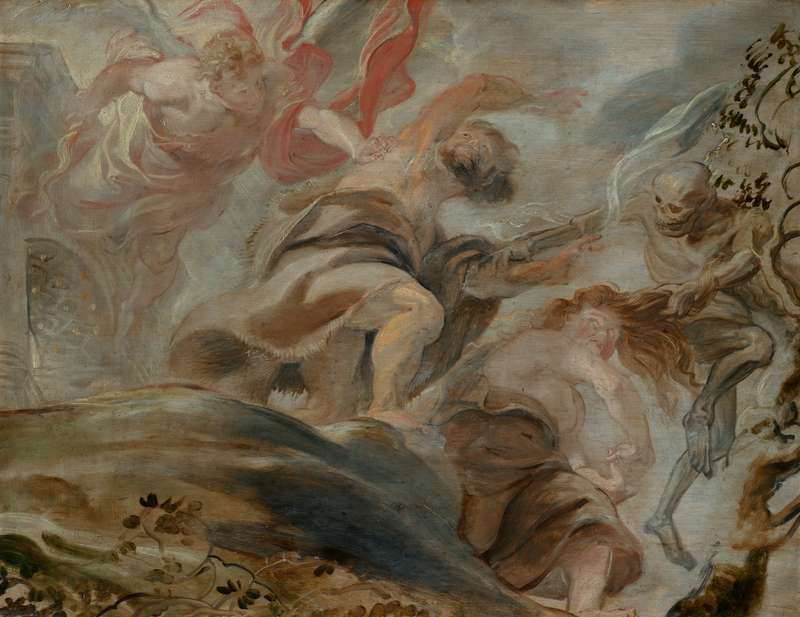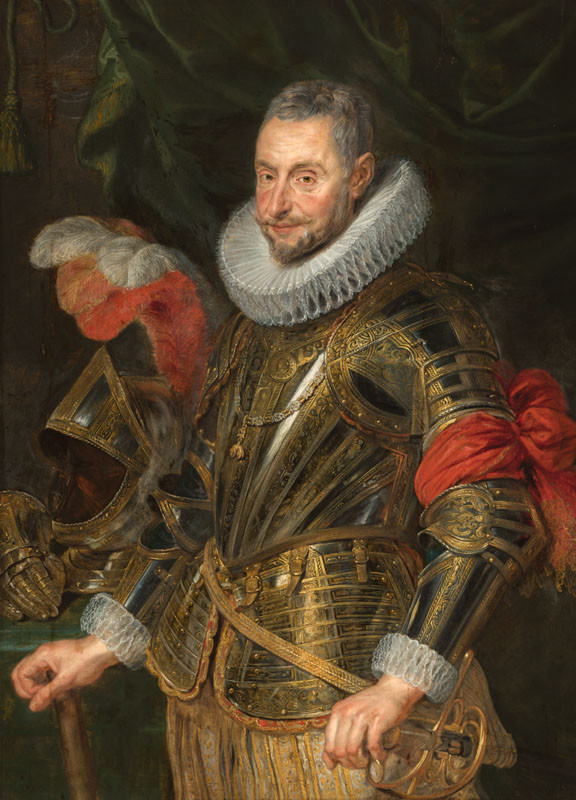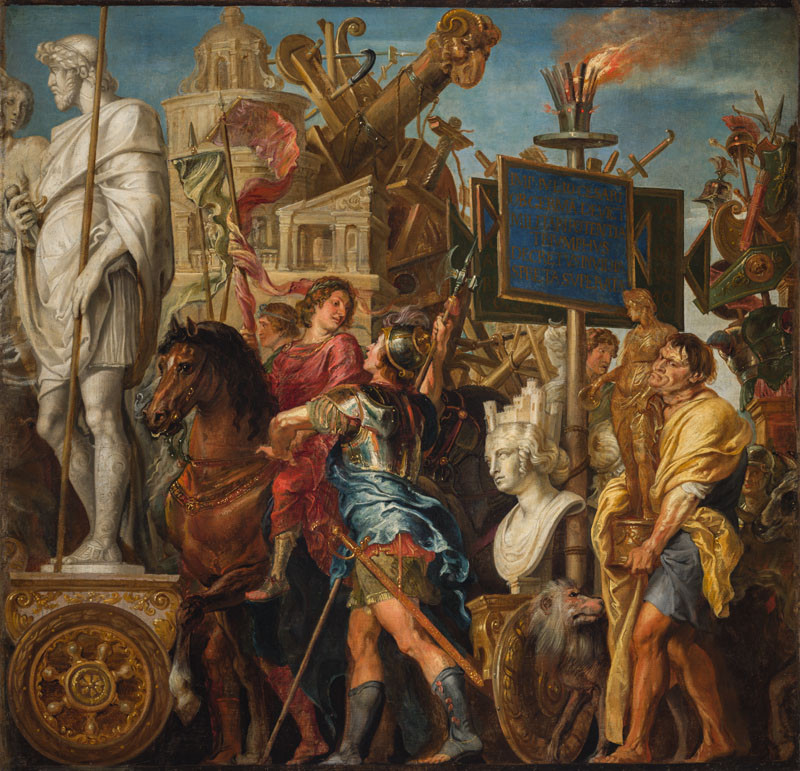Caesar’s Triumph
Erasmus II. Quellinus, Peter Paul Rubens
| date: | |
| measurements: |
height 86,5 cm width 91 cm |
| material: |
canvas on panel |
| technique: |
oil |
| inscription: | |
| inventory number: | O 10012 |
| gallery collection: | Collection of Old Masters |
